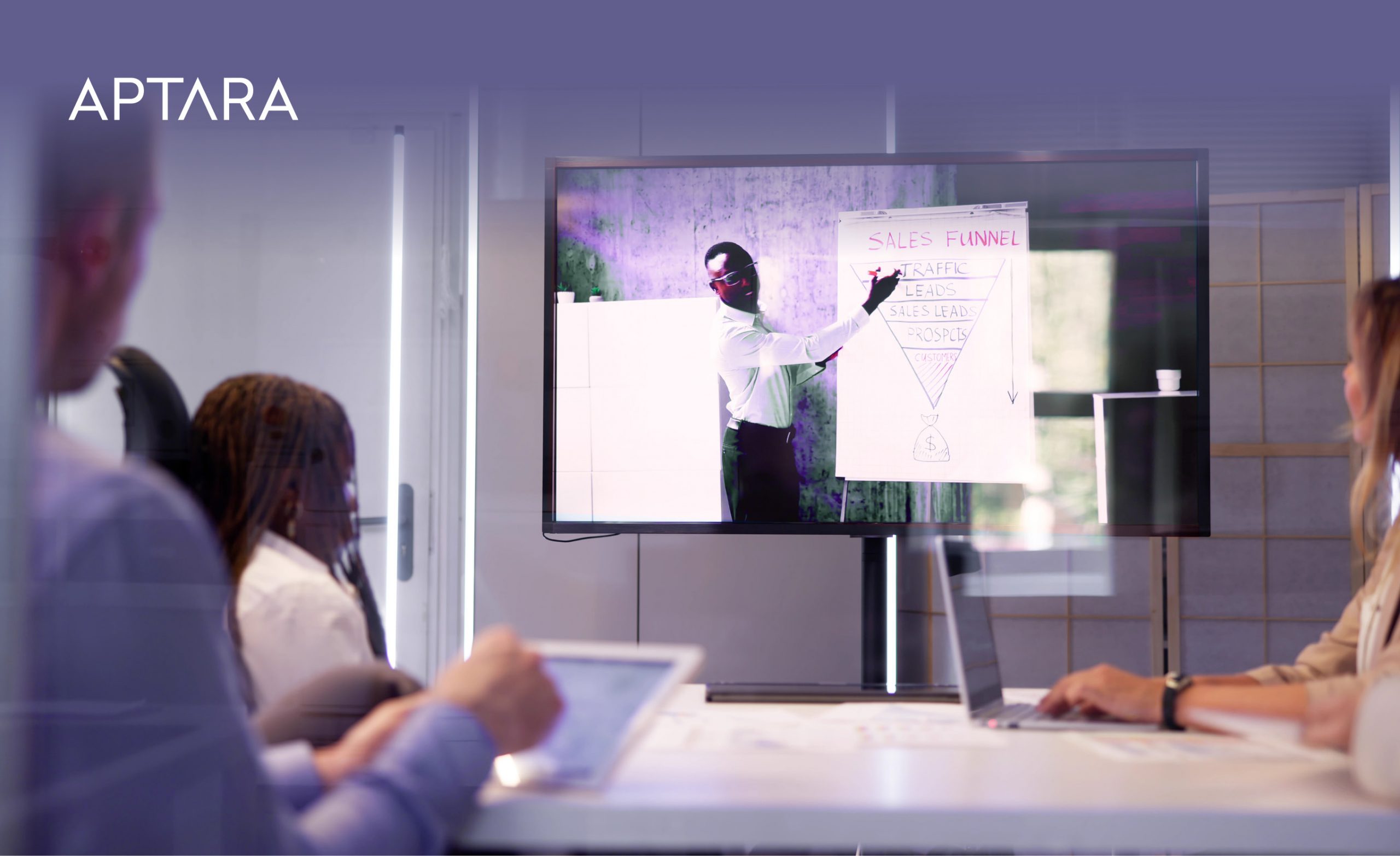
Designing Training Programs for the Hybrid Workforce
The shift towards a hybrid workforce, where employees split their time between remote and on-site work, presents unique challenges for corporate training programs. Designing effective training that meets the diverse needs of this new workforce requires innovative approaches and a keen understanding of the latest technologies. This blog will explore best practices for creating training programs that are engaging, inclusive, and effective for hybrid employees.
Understanding the Hybrid Workforce
A hybrid workforce combines the flexibility of remote work with the collaboration opportunities of in-person work. This model offers numerous benefits, including increased employee satisfaction and access to a broader talent pool. However, it also requires training programs to be adaptable, accessible, and capable of delivering consistent learning experiences regardless of the learner’s location.
Key Considerations for Hybrid Training Programs
- Flexibility and Accessibility:
Training programs must be designed to accommodate different schedules and learning environments. This means offering asynchronous learning options that allow employees to access training materials at their convenience. Ensuring that all training content is mobile-friendly and accessible across various devices is also crucial. - Engagement and Interaction:
One of the biggest challenges in hybrid training is maintaining engagement and interaction. Incorporate interactive elements such as live webinars, virtual breakout rooms, and discussion forums to foster a sense of community and encourage active participation. - Personalization:
Personalized learning paths cater to individual learning preferences and paces. Use data analytics to track progress and tailor content to meet the specific needs of each learner. Personalized feedback and support can also enhance the learning experience. - Blended Learning Approach:
A blended learning approach combines the best of both worlds: online and in-person training. Online modules can cover theoretical knowledge, while in-person sessions focus on practical application and hands-on activities. This approach ensures comprehensive learning experiences that are both flexible and effective.
Leveraging Technology for Hybrid Training
- Virtual Reality (VR) and Augmented Reality (AR):
VR and AR technologies can create immersive learning experiences that replicate real-world scenarios. These tools are particularly useful for training that requires practical skills or situational awareness, providing a safe and controlled environment for practice. - Learning Management Systems (LMS):
An advanced LMS can support hybrid training by offering features such as mobile access, gamification, and analytics. These systems provide a centralized platform for tracking progress, managing content, and facilitating communication between trainers and learners. - Video Conferencing Tools:
Tools like Zoom and Microsoft Teams are essential for delivering live training sessions to remote employees. Use these platforms to host interactive webinars, Q&A sessions, and group discussions, ensuring that remote learners remain engaged and connected. - Collaboration Platforms:
Platforms like Slack, Microsoft Teams, and Asana can be used to create virtual learning communities. These tools support peer-to-peer learning, group projects, and real-time feedback, enhancing the collaborative aspect of hybrid training.
Best Practices for Hybrid Training
- Consistent Communication:
Regular and transparent communication is key to successful hybrid training. Keep learners informed about training schedules, updates, and expectations through multiple channels, including emails, instant messaging, and intranet portals. - Feedback Mechanisms:
Implement regular feedback loops to assess the effectiveness of the training program. Use surveys, polls, and direct feedback to gather insights from learners and make necessary adjustments to improve the training experience. - Continuous Improvement:
Hybrid training programs should be dynamic and adaptable. Continuously evaluate and update training content and delivery methods based on learner feedback and emerging trends. Stay informed about the latest technologies and best practices to ensure your training remains relevant and effective.
Designing training programs for the hybrid workforce requires a thoughtful approach that prioritizes flexibility, engagement, and personalization. By leveraging advanced technologies and adopting best practices for hybrid training, organizations can create effective learning experiences that meet the diverse needs of their employees. As the hybrid work model continues to evolve, so too must our approach to corporate training, ensuring that all employees have the tools and resources they need to succeed.






No Comments